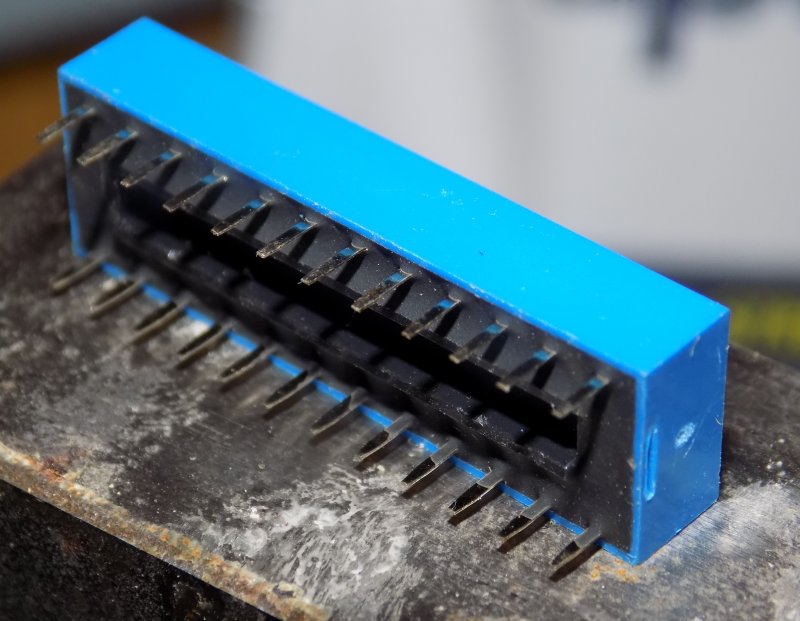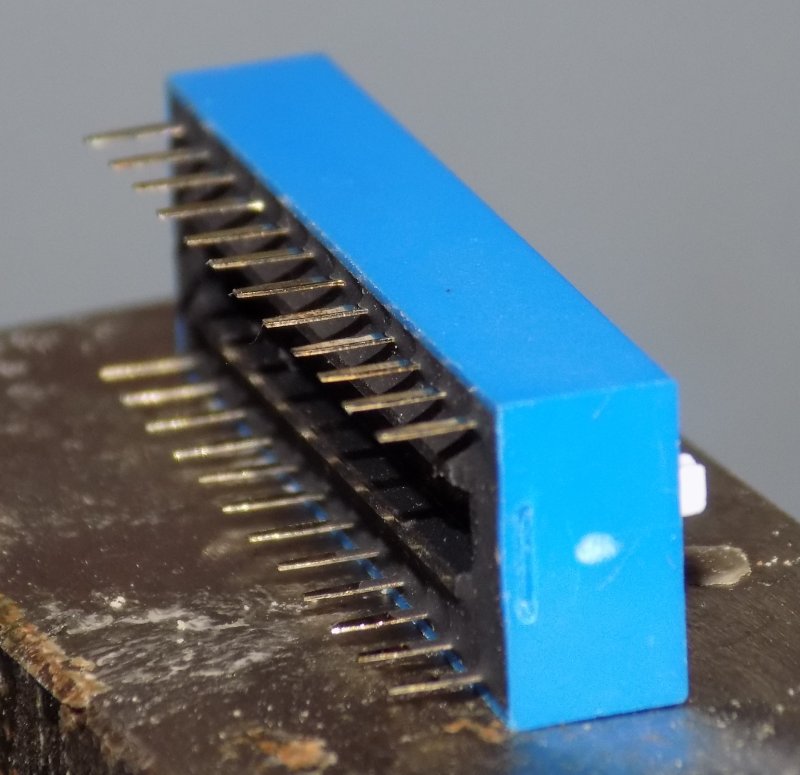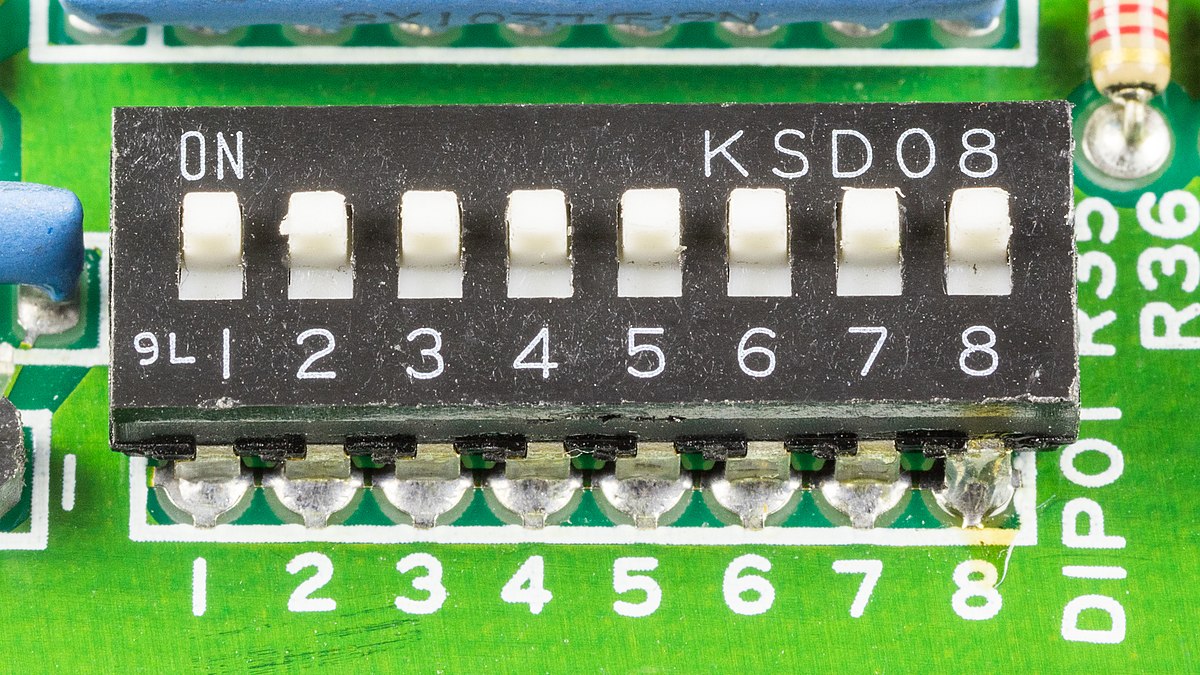goscrewyourselves
I'm the one
I have 14 of these little "switches" which are nice - very compact and would be very useful I think for accessory lighting especially; however, how do you use them?
How do you wire them? Are they like any other switch - Positive from power source to one terminal of the switch, then the positive from the switch to the light you ant lit for example while running the negative straight from the power source?
If that is the case, is there a "plug" you can get for the terminals of the switch?
How do you wire them? Are they like any other switch - Positive from power source to one terminal of the switch, then the positive from the switch to the light you ant lit for example while running the negative straight from the power source?
If that is the case, is there a "plug" you can get for the terminals of the switch?




